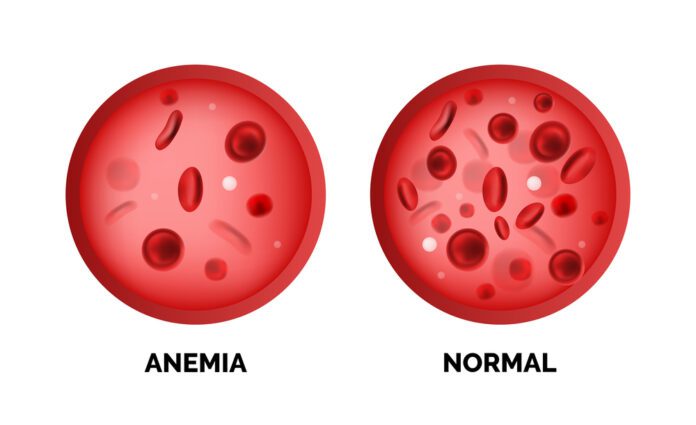Overview Of Aplastic Anemia
Aplastic anemia is a condition in which the bone marrow does not make enough blood cells. Bone marrow is the soft, tissue in the center of bones that is responsible for producing blood cells and platelets.
Synonymous With
Hypoplastic anemia; Bone marrow failure – aplastic anemia
Causes Of Aplastic Anemia
Aplastic anemia results from damage to the blood stem cells. Stem cells are immature cells in the bone marrow that give rise to all blood cell types (red blood cells, white blood cells, and platelets). Injury to the stem cells leads to a decrease in the number of these blood cell types.
Aplastic anemia can be caused by:
- Use of certain drugs or exposure to toxic chemicals (such as chloramphenicol, benzene)
- Exposure to radiation or chemotherapy
- Autoimmune disorders
- Pregnancy
- Viruses
- Sometimes, the cause is unknown. In this case, the disorder is called idiopathic aplastic anemia.
Symptoms Of Aplastic Anemia
Symptoms are due to the underproduction of red cells, white cells, and platelets. Symptoms may be severe from the start or gradually worsen over time as the disease progresses.
Low red cell count (anemia) can cause:
- Fatigue
- Pallor (paleness)
- Rapid heart rate
- Shortness of breath with exercise
- Weakness
- Lightheadedness upon standing
- Low white cell count (leukopenia) causes an increased risk for infection.
Low platelet count (thrombocytopenia) can result in bleeding. Symptoms include:
- Bleeding gums
- Easy bruising
- Nose bleeds
- Rash, small pinpoint red marks on the skin (petechiae)
- Frequent or severe infections (less common)
Exams & Tests
Blood tests will show:
- Low red blood cell count (anemia)
- Low white blood cell count (leukopenia)
- Low reticulocyte count (reticulocytes are the youngest red blood cells)
- Low platelet count (thrombocytopenia)
- A bone marrow biopsy shows fewer-than-normal blood cells and an increased amount of fat.
Treatment Of Aplastic Anemia
Mild cases of aplastic anemia that do not have symptoms may not require treatment.
As blood cell counts become lower and symptoms develop, blood and platelets are given through transfusions. Over time, transfusions may stop working, resulting in very low blood cell counts. This is a life-threatening condition.
Bone marrow or stem cell transplant may be recommended for younger people. It is more likely to be recommended for those 50 years and younger, but people over 50 may receive a transplant if they are healthy enough. This treatment works best when the donor is a fully-matched brother or sister. This is called a matched sibling donor.
Older people and those who do not have a matched sibling donor are given medicine to suppress the immune system. These medicines may allow the bone marrow to once again make healthy blood cells. But the disease may return (relapse). A bone marrow transplant with an unrelated donor may be tried if these medicines do not help or if the disease comes back after getting better.



